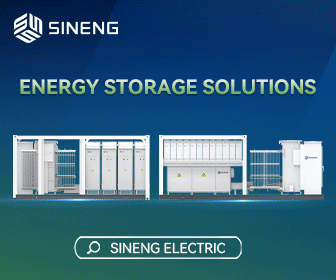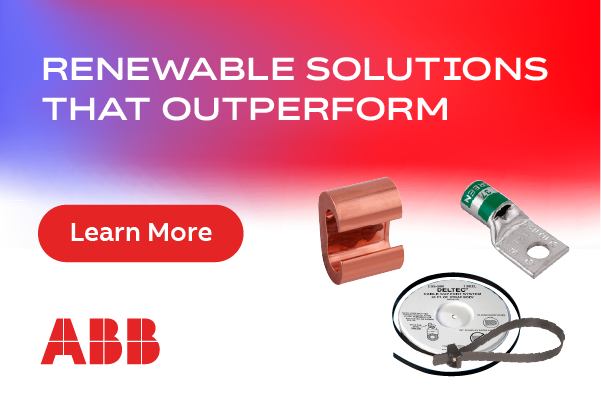Energy Storage
New technologies address obstacles to system deployment
The energy storage industry is growing rapidly as new technologies develop, markets expand, and new applications have the potential to provide greater benefits to end users. As this dynamic corner of the energy industry comes into its own, new obstacles to deployment continue to arise. A number of considerations must be taken into account, like broadly varying regulations and standards, as well as overall system design affecting cost, logistics, interconnection, and the ease of energy storage system deployment. Considering these factors when designing or integrating a battery energy storage system can potentially save energy storage system companies, installers, integrators, facility owners, and other end users headaches in the long run.
System design
Reduced footprint
A key part of the cost puzzle for energy storage is the size and weight of the overall system. Currently, lithium-ion batteries are the incumbent technology because they have a high power density and a small footprint. While there are alternative battery chemistries, lithium-ion remains the most viable for behind-the-meter Commercial and Industrial (C&I) applications where size is an important equipment siting consideration. What remains, then, is the power converter. Advanced power conversion systems are not only more efficient, but dramatically smaller and lighter as well, providing significant logistical and cost advantages.
High efficiency
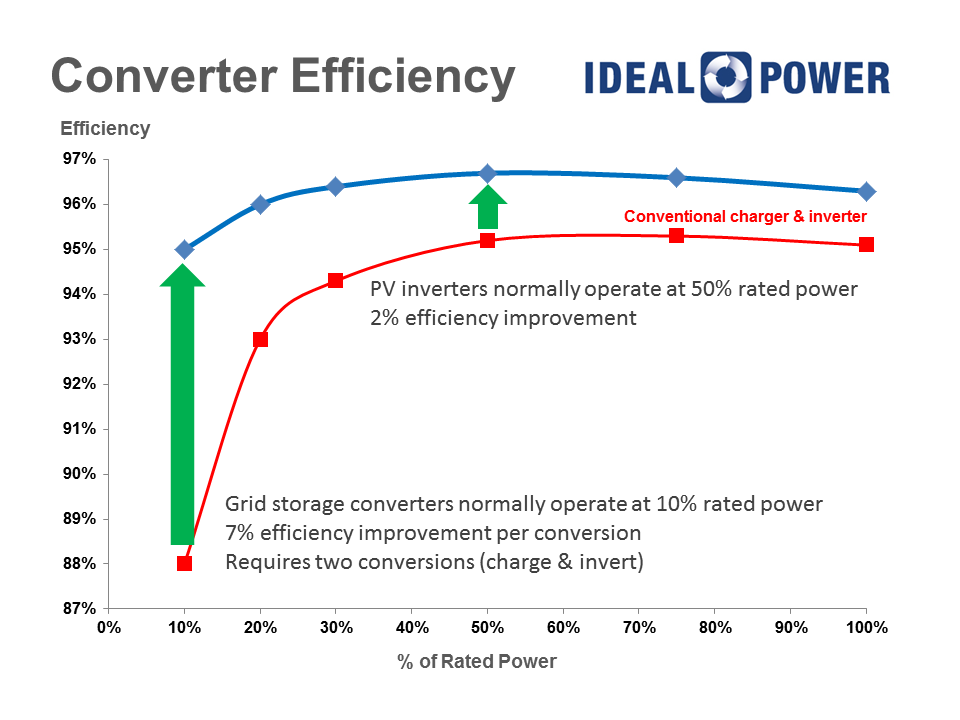 Energy storage presents a unique challenge in that its applications are inherently bi-directional, AC to DC and DC to AC, making an energy storage system more complicated than its PV inverter counterpart which operates in only one direction, DC to AC. In systems designed with conventional power electronics, magnetic components contribute to significant power losses. For example, average round-trip losses created by transformers and line reactors are roughly 5 percent, resulting in typical system round-trip efficiencies of 90 percent or less.
Energy storage presents a unique challenge in that its applications are inherently bi-directional, AC to DC and DC to AC, making an energy storage system more complicated than its PV inverter counterpart which operates in only one direction, DC to AC. In systems designed with conventional power electronics, magnetic components contribute to significant power losses. For example, average round-trip losses created by transformers and line reactors are roughly 5 percent, resulting in typical system round-trip efficiencies of 90 percent or less.
Advanced power conversion technologies, particularly those with high nameplate efficiency ratings, greatly reduce round-trip power losses for energy storage systems. Due to lower conversion losses, energy storage systems based on transformerless power converters require about 10 percent less electrical power input and 5 percent less battery capacity to generate the same energy output. Over time, this increase in efficiency results in accelerated energy storage system payback.
Differentiators
Multiple value streams
The ability to incorporate multiple value streams can dramatically accelerate storage system payback, compared to equipment supporting a single application, such as peak shaving/demand management. Those value streams can benefit both the commercial customer and the local utility. Hundreds of commercial-sited storage systems were deployed in California in 2015, and the vast majority of those targeted a single value stream: demand management. Going forward, the industry is expected to embrace a broader set of storage applications, including backup power/critical load support, improved facility power quality, and self-consumption which directly benefit the building owner/operator. Volt/Var features will also be added, benefitting the utility. Monetizing just two or three of these emerging value-streams can dramatically impact return on investment (ROI).
PV + storage
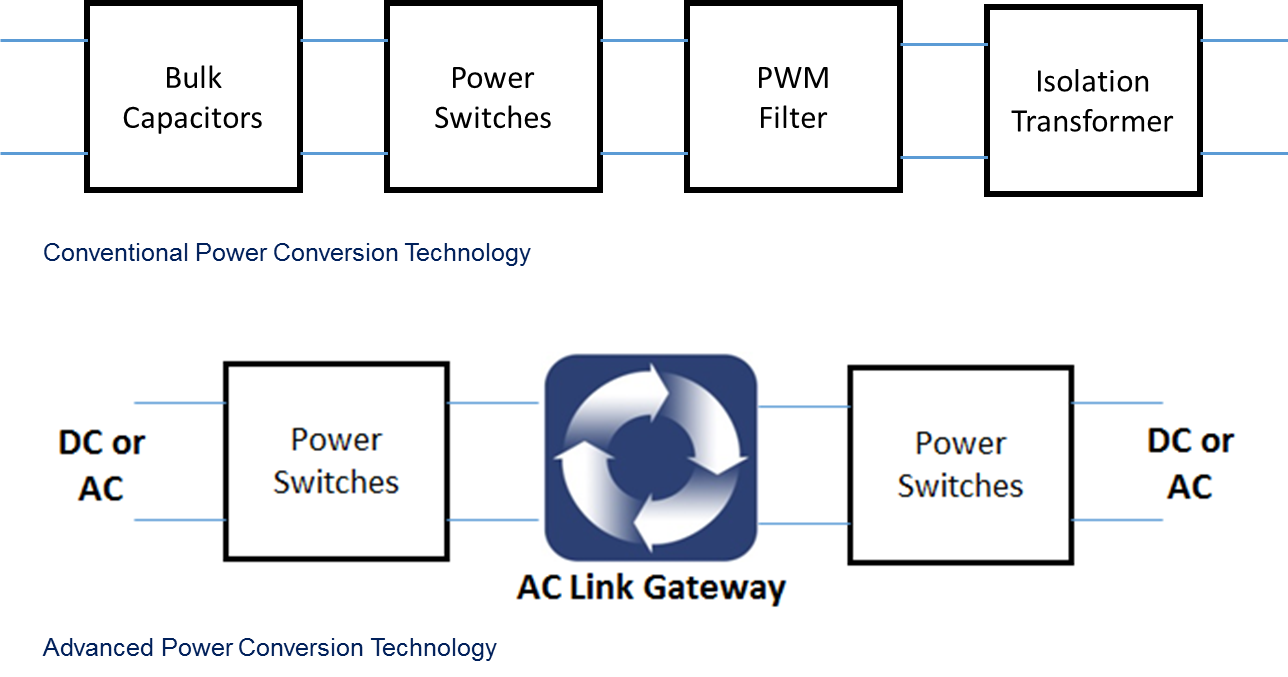 Integrating PV with energy storage utilizing an advanced multiport power converter, compared to the incumbent approach of using separate stand-alone converters for PV and the battery, provides additional value. These multiport converters can support critical loads in a building using solar as the primary energy resource during grid outages and natural disasters, a capability PV inverters and most energy storage converters installed to date cannot deliver, as demonstrated by superstorm Sandy. Managing separate power converters is a daunting real-time backup power control and management challenge which is eliminated by the use of an advanced multiport (AC/DC/DC) converter architecture. The costs of these multiport systems are rapidly declining and are already competitive with the 2-converter solution noted above.
Integrating PV with energy storage utilizing an advanced multiport power converter, compared to the incumbent approach of using separate stand-alone converters for PV and the battery, provides additional value. These multiport converters can support critical loads in a building using solar as the primary energy resource during grid outages and natural disasters, a capability PV inverters and most energy storage converters installed to date cannot deliver, as demonstrated by superstorm Sandy. Managing separate power converters is a daunting real-time backup power control and management challenge which is eliminated by the use of an advanced multiport (AC/DC/DC) converter architecture. The costs of these multiport systems are rapidly declining and are already competitive with the 2-converter solution noted above.
Smart inverter features
Advanced power converters must support a broad range of new capabilities to support emerging smart grid requirements. Both California and Hawaii are on the forefront of this effort, and industry groups such as the SunSpec Alliance and Modular Energy Storage Architecture (MESA) have published open control and monitoring standards to further accelerate the adoption of energy storage.
Logistics
Shipping, siting, and installation
The first benefit to the form factor reduction in power conversion systems is dramatically lower costs associated with shipping and installation. Conventional power conversion systems can easily weigh six times that of the newest transformerless technology. Compared to a 30kW system weighing less than 100 pounds, a 650-pound piece of hardware is at a great logistical disadvantage. Conventional systems incur high shipping costs due solely to size and weight. A system of this size requires more dedicated space, limiting siting flexibility, and possible floor re-enforcement, whereas a sub 100-pound system is wall-mountable, and easier to ship, install, and integrate into the rest of the energy storage equipment package.
Interconnection
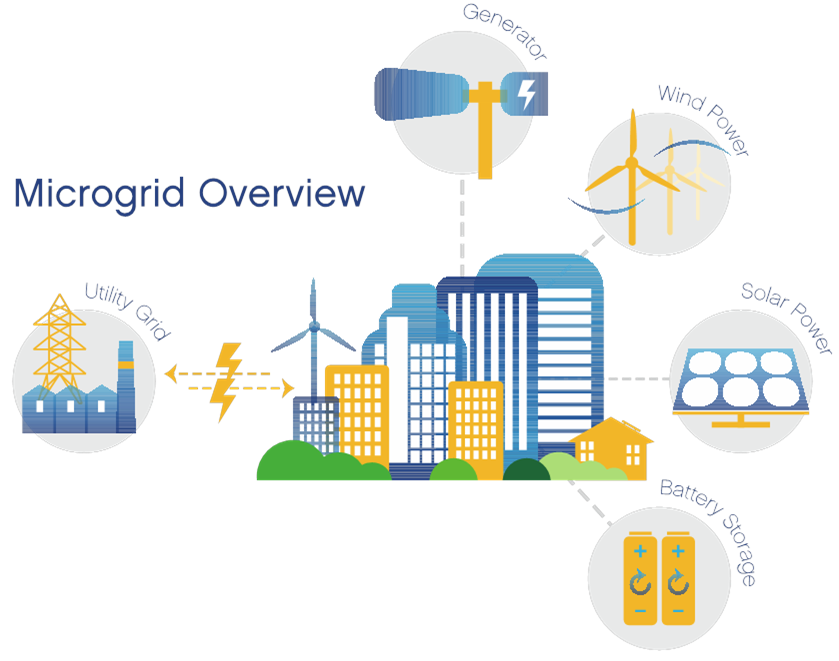 Getting timely interconnection approval from local authorities remains an impediment to energy storage system deployment. Batteries and power converters often receive critical reviews by local inspectors from both fire and grid safety standpoints. Converters must meet all appropriate safety standards including UL 1741 and IEEE 1547a to ensure they remain isolated and will not backfeed the grid during outages and, when connected, do no harm to the grid such as surges or current harmonics when exporting or importing power. Note these standards currently vary by utility and/or region which requires all newly installed converters be field programmable and configured to meet local interconnect requirements. Without this flexibility, certain brands of converters may be denied interconnection, dictating the use of different equipment packages based on geography.
Getting timely interconnection approval from local authorities remains an impediment to energy storage system deployment. Batteries and power converters often receive critical reviews by local inspectors from both fire and grid safety standpoints. Converters must meet all appropriate safety standards including UL 1741 and IEEE 1547a to ensure they remain isolated and will not backfeed the grid during outages and, when connected, do no harm to the grid such as surges or current harmonics when exporting or importing power. Note these standards currently vary by utility and/or region which requires all newly installed converters be field programmable and configured to meet local interconnect requirements. Without this flexibility, certain brands of converters may be denied interconnection, dictating the use of different equipment packages based on geography.
The interconnection challenges outside of North America are also significant. The European Union and vast parts of Asia and South America operate on a 50Hz grid standard, requiring a completely different safety test and certification regimen than that of 60Hz environments. Japan is an extreme example, where both 50Hz and 60Hz grids coexist but operate at different voltages than found in either the E.U. or North America. Supporting both 60Hz and 50Hz standards in a single unified power converter platform vastly simplifies the deployment of energy storage solutions beyond North America, and should be a key consideration for systems integrators desiring expansion into new markets.
While interconnection standards and regulations will continue to evolve over time, many of the solutions to these issues can be built into the design of energy storage systems. Flexibility will be a key factor in navigating the challenges associated with deploying energy storage for various applications. The other factor, cost, can be mitigated by increasing energy storage system efficiencies and decreasing the size and weight of the necessary components which make up these systems. As the market for energy storage grows, the technologies will advance. That is why the ground work currently being laid by pioneers in this field is crucial for the future development of the industry.
John Merritt is the director of applications engineering for Ideal Power
Ideal Power, Inc. | www.idealpower.com
Volume: 2016 March/April








